Review article: Role of satiety hormones in anorexia induction by Trichothecene mycotoxins
Résumé
The trichothecenes, produced by Fusarium, contaminate animal feed and human food in all stages of production and lead to a large spectrum of adverse effects for animal and human health. An hallmark of trichothecenes toxicity is the onset of emesis followed by anorexia and food intake reduction in different animal species (mink, mice and pig). The modulation of emesis and anorexia can result from a direct action of trichothecenes in the brain or from an indirect action in the gastrointestinal tract. The direct action of trichothecenes involved specific brain areas such as nucleate tractus solitarius in the brainstem and the arcuate nuclei in the hypothalamus. Activation of these areas in the brain leads to the activation of specific neuronal populations containing anorexigenic factors (POMC and CART). The indirect action of trichothecenes in the gastrointestinal tract involved, by enteroendocrine cells, the secretion of several gut hormones such as cholecystokinin (CCK) and peptide YY (PYY) but also glucagon-like peptide 1 (GLP-1), gastric inhibitory peptide (GIP) and 5-hydroxytryptamine (5-HT), which transmitted signals to the brain via the gut-brain axis. This review summarizes current knowledge on the effects of trichothecenes, especially deoxynivalenol, on emesis and anorexia and discusses the mechanisms underlying trichothecenes-induced food reduction.
| Origine | Fichiers produits par l'(les) auteur(s) |
|---|





